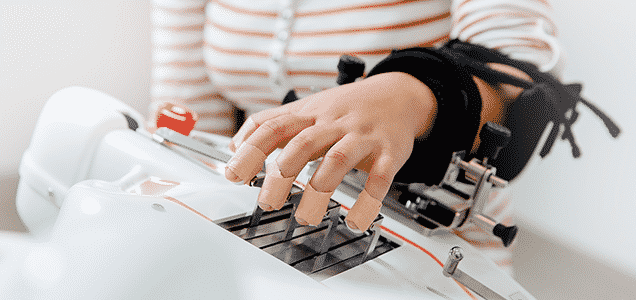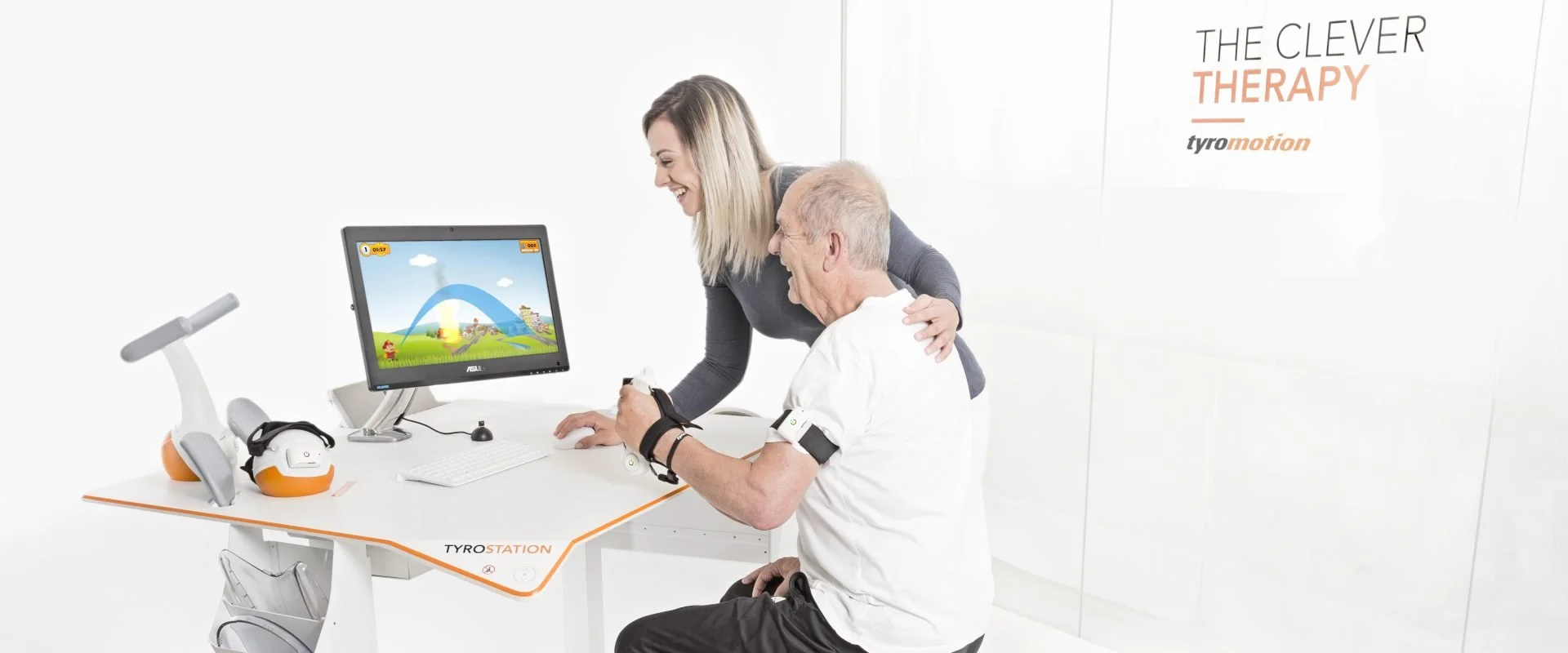Unlocking Potential: Tyromotion Upper Limb Therapy for Neurological Rehabilitation
Neurological conditions often manifest in challenges related to upper limb functions, impacting an individual's ability to perform daily activities. Recognizing the pivotal role of upper limb therapy in neurological rehabilitation, Tyromotion has pioneered innovative devices like Amadeo, Diego, Myro, and Pablo. In this comprehensive guide, we explore the transformative benefits of Tyromotion's upper limb therapy equipment and reference neurological rehabilitation articles that underscore their efficacy.
Understanding the Importance of Upper Limb Therapy
Neurological conditions such as strokes, traumatic brain injuries, or spinal cord injuries can result in motor deficits affecting the upper limbs. Upper limb therapy is a critical component of neurological rehabilitation, focusing on improving strength, coordination, and functionality. Tyromotion's suite of devices provides cutting-edge solutions designed to enhance upper limb functions through targeted and engaging therapy sessions.
Tyromotion Amadeo: Precision in Hand Rehabilitation
Key Features:
Adaptive Therapy: Amadeo's adaptive therapy approach tailors exercises to an individual's specific needs, ensuring optimal challenge levels.
Biofeedback Integration: Real-time biofeedback enhances motor learning, providing users with immediate insights into their hand movements.
Interactive Games: Gamified exercises make therapy engaging and motivate users to actively participate in their rehabilitation.
Benefits:
Fine Motor Skill Improvement: Amadeo's precision targeting enables the improvement of fine motor skills crucial for daily tasks.
Increased Range of Motion: Adaptive therapy promotes gradual increases in the range of motion, fostering improved hand flexibility.
Enhanced Grasping Abilities: Biofeedback mechanisms contribute to the refinement of grasping abilities, enhancing overall hand functionality.
Tyromotion Diego: Dynamic Arm Support for Comprehensive Rehabilitation
Key Features:
Gravity Compensation: Diego's dynamic arm support compensates for gravity, allowing users to perform arm movements with reduced effort.
Task-Specific Training: Diego facilitates task-specific training, ensuring that rehabilitation aligns with real-world activities.
Adaptable Resistance: Adjustable resistance levels provide a tailored approach, accommodating users at various stages of rehabilitation.
Benefits:
Improved Arm Strength: Diego's gravity compensation promotes increased arm strength by reducing the burden on weakened muscles.
Task Mastery: Task-specific training enhances users' ability to master daily activities, promoting functional independence.
Versatility in Rehabilitation: Adaptable resistance ensures that Diego caters to a diverse range of individuals, addressing unique rehabilitation needs.
Tyromotion Myro: Personalized Upper Limb Therapy
Key Features:
Personalized Training Plans: Myro's adaptive algorithms create personalized training plans, evolving with the user's progress.
Gamified Interface: Gamification elements make therapy engaging, promoting consistent participation.
Performance Tracking: Myro provides detailed performance metrics, allowing users and therapists to track progress over time.
Benefits:
Enhanced Motivation: The gamified interface encourages users to actively participate, fostering motivation throughout the rehabilitation journey.
Customized Progression: Personalized training plans ensure that therapy evolves based on individual needs, optimizing results.
Quantifiable Outcomes: Performance tracking enables objective assessment, allowing therapists to tailor interventions for maximum impact.
Tyromotion Pablo: Innovative Virtual Reality Rehabilitation
Key Features:
Immersive Virtual Reality: Pablo utilizes immersive virtual reality to create engaging and dynamic rehabilitation environments.
Real-time Feedback: Users receive real-time feedback within the virtual environment, enhancing motor learning.
Versatile Exercise Library: A diverse library of virtual exercises caters to various upper limb rehabilitation needs.
Benefits:
Increased Engagement: The immersive virtual reality experience increases user engagement, promoting consistent participation.
Enhanced Coordination: Real-time feedback refines coordination, contributing to improved upper limb motor skills.
Adaptive Exercise Options: Pablo's versatile exercise library ensures that rehabilitation remains adaptable and addresses a range of conditions.
As individuals embark on their journey towards improved upper limb function, Tyromotion's commitment to advancing rehabilitation technology paves the way for transformative outcomes. The integration of adaptive algorithms, virtual reality, and dynamic support ensures that upper limb therapy becomes not just a rehabilitation process but a personalized and engaging experience tailored to individual needs.
Unlocking the potential of neurological rehabilitation, Tyromotion's upper limb therapy devices stand as beacons of innovation, offering a path to renewed independence and improved quality of life.




